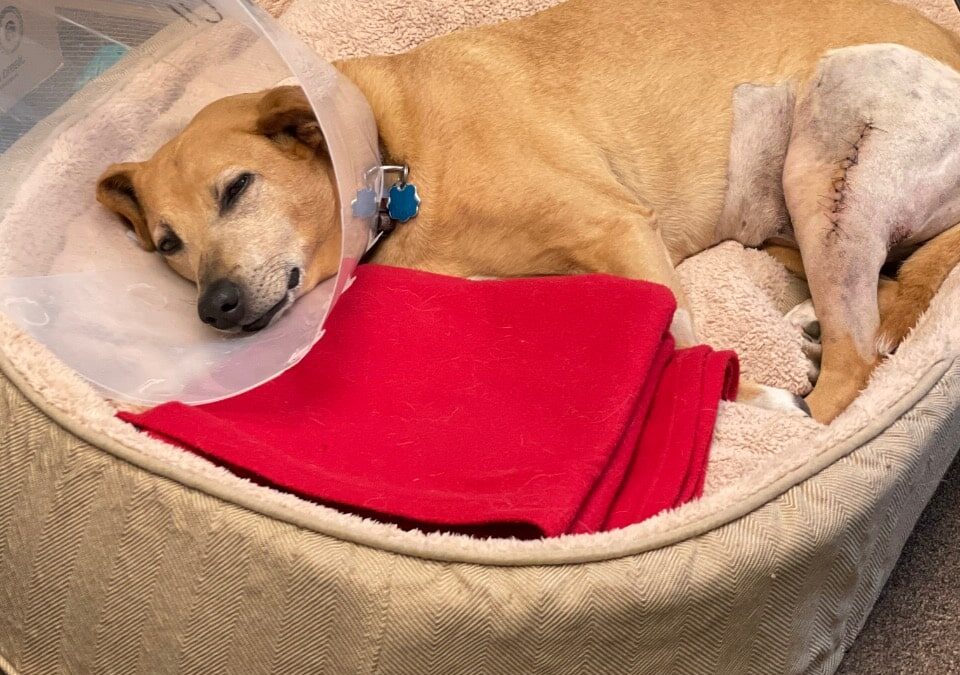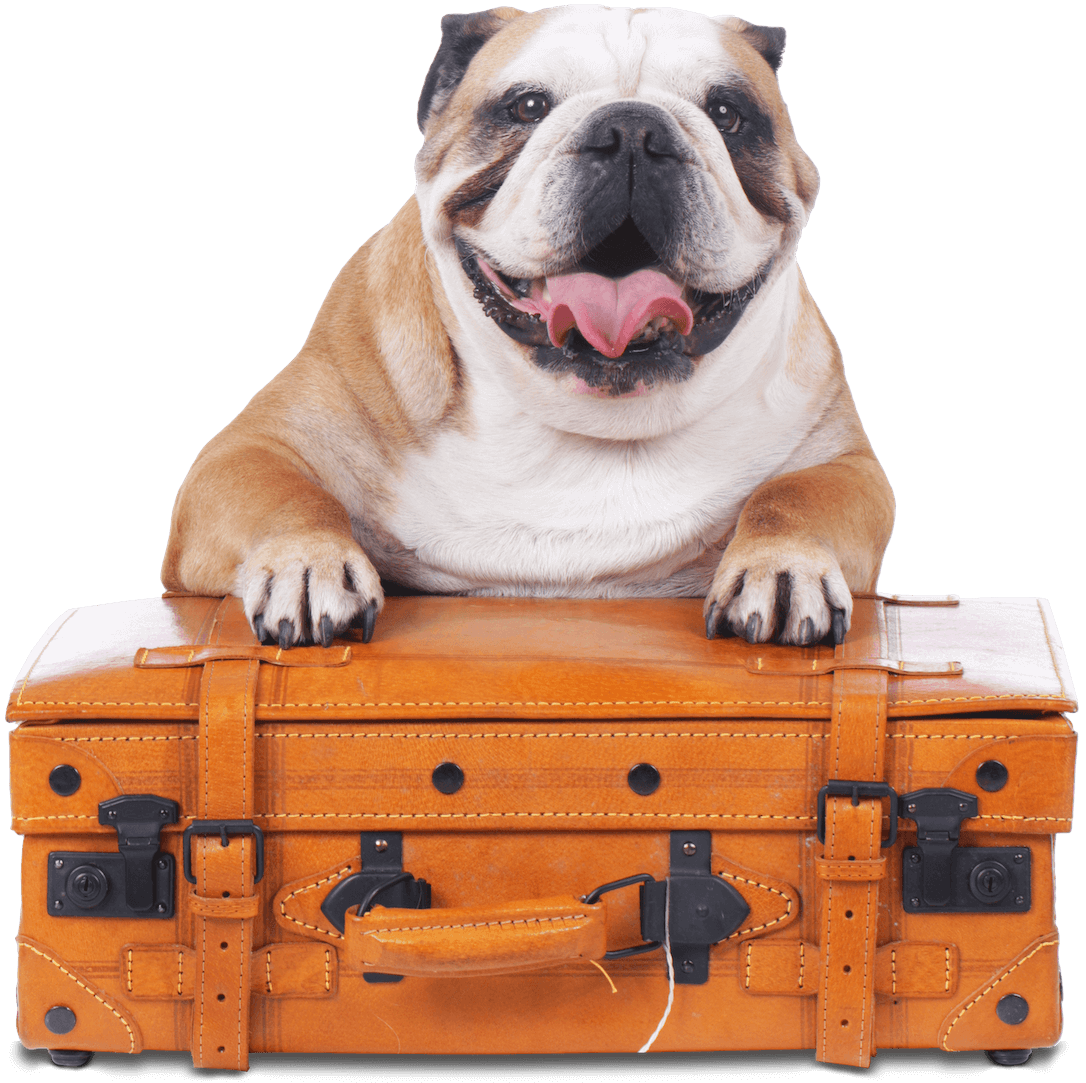No matter what the reason thinking about surgery for your pet is always a stressful time. Today I hope to discuss a few things that might make things a little less stressful.
Keep in mind that recovery is going to look different depending on what type of surgery your pet is having but these tips will be good no matter what type of surgery your pet has. Another thing to consider is whether the surgery is planned or your pet needs emergency surgery. When it’s an emergency do you best you can at the time.
My own pets have been through a lot of surgeries! We are talking routine spay / neuter and dental cleanings to major procedures like limb amputations, lung tumor removal, and organ removal. Each of the surgeries has had its own set of challenges during the recovery period so we can go through all of it. I will say soft tissue surgeries are generally easier to recovery from than orthopedic surgeries.
So without further ado, here are some tips to consider if your dog needs surgery.
1. Planning
When possible schedule an appointment with the doctor that will be preforming the surgery in advance and come with a list of questions about recovery. We do discuss care instruction at the time of pick up but it can be really stressful picking you pet up and being given pages of discharge notes to follow. This strategy will allow enough time for you to come with all your questions and allow the doctor time to answer your questions when stress is lower.
2. Scheduling
A lot of my clients feel better having a day or two off from work following surgical procedures, even routine ones, if this is not possible consider taking to a family member or pet sitter to stay with your pet for monitoring and giving medication or see if you can drop your pet off to the veterinary office the next day or two while you are at work. If none of these are possible look into a camera that you can check from work to make sure your pet is ok.
3. Complications
All procedures, even routine ones, come with the possibility of complications. Some of these can be prevented and some cannot. It is important to identify signs of problems early and seek care. Sometimes this means a trip to urgent care or the emergency room if your veterinarian has closed for the day. Be sure to discuss what signs to watch for following the specific surgery.
- Spay: redness or swelling around the incision, discharge, bleeding from the incision, or pain should all be addressed. It is normal for pets to be a little lethargic and not have a bowel movement for a few days after surgery.
- Dental with extractions: soft food will be needed and you should prevent your pet from chewing or playing with toys.
4. Medication
It is common to go home with more than one medication after surgery so ideally put one person in charge of medication so there is not an accidental overdose. It is my recommendation that at each dose the surgery site is assessed for changes or concerns, some clients find it helpful to take daily pictures to more closely monitor the area. Some side effects of medication are desired (like sedation) others should be discussed with your veterinarian. If you have concerns about side effects you see in your pet call your veterinarian to discuss.
5. Rest
Depending on the type of surgery it may be necessary to make some changes to the environment after recovery. Consider mobility support if you have slippery floors or stairs your pet needs to navigate, other pets in the house may need to be kept separate to prevent injury, and young children she not be allowed to interact with the pet initially. This may mean your pet needs confined to a room or crate.
6. Additional Therapy
Ask about additional pain management options like ice packs, laser treatments, or tPEMF options. These are not alternatives to traditional pain medication but may help reduce the dose or duration of medication. These are especially important if your pet is not tolerating medication well.
7. Self Trauma
Animals cannot understand that the short term pain will improve their lives in the future. So they will often try to lick, scratch, or rub the surgery sites. E-collars and medical clothing will help prevent this. Be sure that if you need an item (Dogg Legs or recovery suits) that your veterinarian does not carry that you order in advance. Be sure to wash clothing items prior to use. Additionally e-collars can be rigid or flexible, be sure to discuss which one would be best for your pets surgery- they are not all created equally. This is true for the donut vs cone shaped collars. Donut shaped collars are not appropriate for surgery preformed on eyes, the head or some limb procedures as they do not protect all areas.




